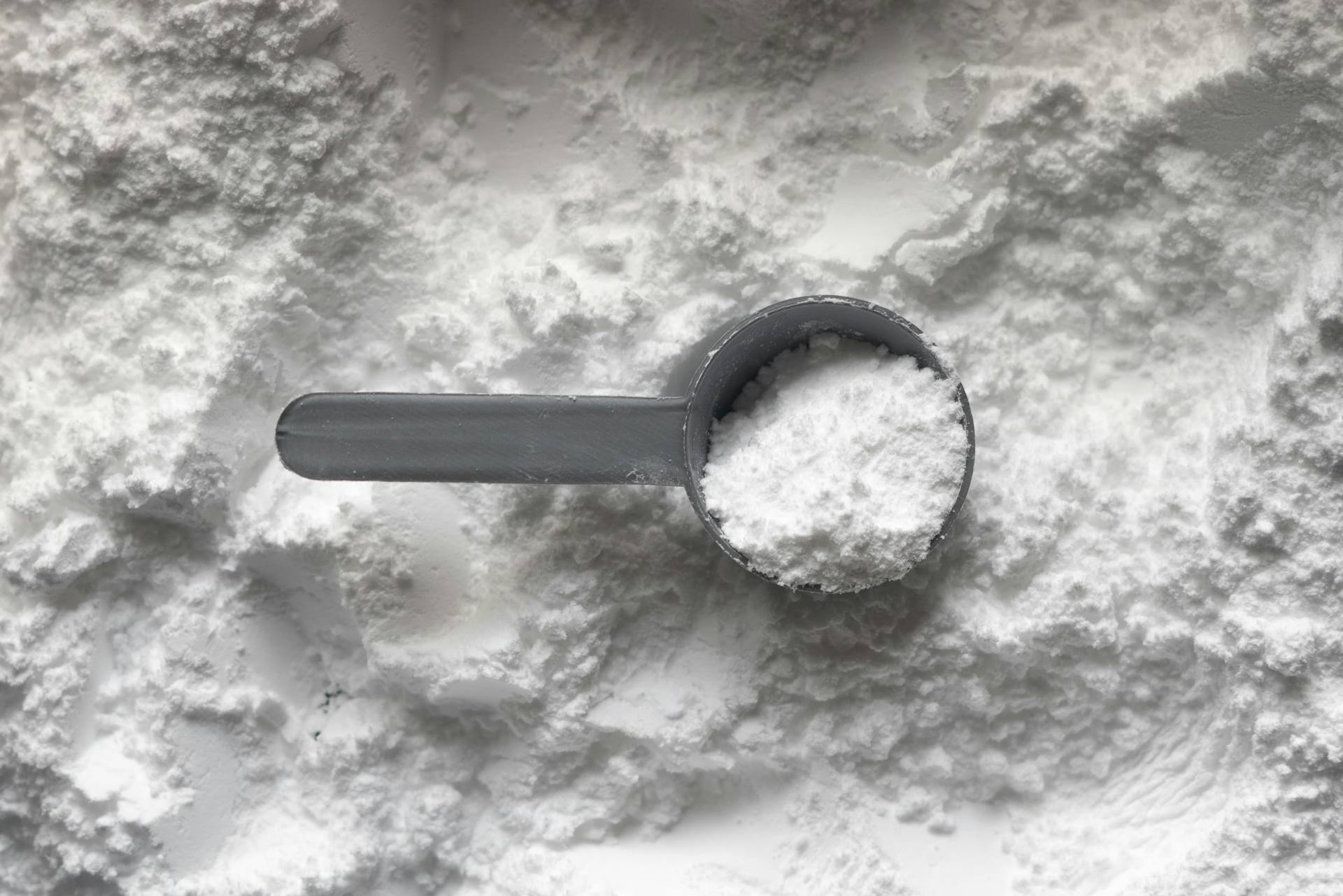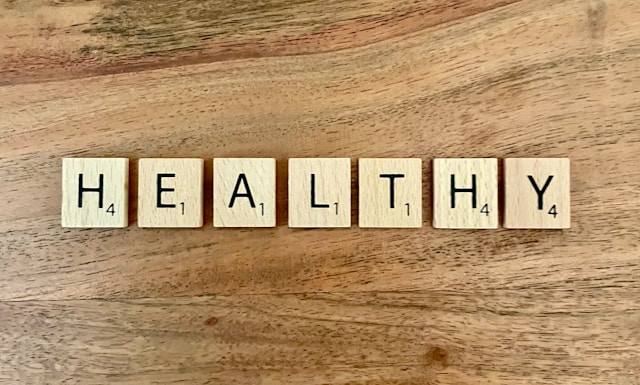Creatine: The Most Researched Supplement You’re Probably Not Taking (Yet)

Zac Turner
August 09, 2025

Creatine: The Most Researched Supplement You’re Probably Not Taking (Yet)
Among all nutritional supplements, creatine stands apart. Not because it’s new or trendy—quite the opposite. Creatine has been studied for over three decades and is arguably the most extensively researched ergogenic aid in modern clinical nutrition and sports science. Yet, its benefits are still widely misunderstood or underutilised, especially outside athletic circles. Today, the literature surrounding creatine spans far beyond weightlifting and sprinting. From neurology to geriatrics, cognitive performance to recovery from injury, creatine is increasingly recognised as a critical compound not only for power output but for cellular energy and resilience across the human lifespan.
In this guide, we’ll explore what creatine is, how it functions in the body, who is likely to benefit, and what the science really says about its safety and efficacy. You’ll also find a detailed breakdown of dosage recommendations—including male and female considerations—along with in-depth reviews of Tier 1 clinical trials across diverse populations.
What is Creatine?
Creatine is a naturally occurring nitrogenous organic acid synthesised primarily in the liver, kidneys, and pancreas. It is derived from three amino acids: glycine, arginine, and methionine. Once formed, creatine is transported via the bloodstream and stored predominantly in skeletal muscle—approximately 95% of the body’s creatine reserves reside there. The remaining 5% is found in the brain, heart, testes, and other metabolically active tissues.
Mechanism of Action: Cellular Energy Support
At the cellular level, creatine donates a phosphate group to adenosine diphosphate (ADP) to regenerate adenosine triphosphate (ATP)—the primary energy currency of the cell. This regeneration occurs via the phosphocreatine system, which is the fastest method of ATP resynthesis during short-duration, high-intensity activity. This mechanism underpins creatine’s utility not only in sports performance but also in neurological function, injury recovery, and cellular protection during energy crises.
Is Creatine Endogenous, Dietary, or Supplemental?
The body synthesises approximately 1–2 g/day of creatine, primarily from the aforementioned amino acids. Dietary sources—primarily red meat, pork, and fish—contribute another ~1 g/day in omnivores. However, total body creatine stores are limited, and endogenous production may be insufficient for optimal performance or recovery. Supplementation can increase total muscle creatine content by 10–40%, depending on baseline levels[1]. Vegetarians and vegans, for example, typically have lower baseline muscle creatine and respond more robustly to supplementation[2].
How Much Creatine Do We Store?
In an average 70 kg adult, total body creatine stores hover around 120 g, with a saturation point near ~160 g[3]. Levels are maintained by continual turnover, with 1–2% degraded to creatinine and excreted daily.
What Does the Body Use Creatine For?
Creatine supports rapid energy turnover, maintains cellular hydration through osmotic action, stabilises mitochondrial membranes during metabolic stress, and supports methylation processes that impact DNA repair and neurotransmitter synthesis[4]. Its role in neurological health, cognition, and bone metabolism has become a focus of research over the past decade.
Can We Become Creatine Deficient?
Absolute deficiency is rare and linked to inborn errors of metabolism. However, functional deficiency—where muscle creatine levels are suboptimal—is common in:
- Older adults (reduced production)
- Vegetarians/vegans (lack of dietary intake)
- High-performance athletes (increased turnover)
- Individuals with neurodegenerative or metabolic disease[5]
Five Evidence-Based Benefits of Creatine Supplementation
1. Increased Muscle Strength and Lean Mass in Older Adults
Claim: Creatine supplementation enhances the gains from resistance training in older adults, improving strength, lean mass, and endurance.
Proposed Mechanism: Higher intramuscular phosphocreatine levels improve ATP resynthesis during training, allowing greater training volume, better recovery between sets, and more effective muscular adaptation.
Study Summary: Candow et al. (2014)[6] conducted a 12-week, double-blind, placebo-controlled trial in 38 men aged 60–84 years. Participants trained three times per week using a supervised resistance program. The creatine group received 5 g/day; the placebo group received maltodextrin.
Result: Compared to placebo, the creatine group saw significantly greater increases in lean body mass (~1.4 kg), upper and lower body strength (bench press and leg press), and muscular endurance.
Key Takeaway: For older adults, a daily creatine habit paired with consistent resistance training can meaningfully preserve muscle mass and physical capacity, supporting independence and quality of life well into later years.
2. Accelerated Muscle Recovery and Reduced Inflammation
Claim: Creatine speeds recovery after intense muscle-damaging exercise, reducing soreness and markers of inflammation.
Proposed Mechanism: Creatine helps replenish ATP faster post-exercise, stabilises cell membranes under mechanical stress, and reduces pro-inflammatory cytokine activity.
Study Summary: Rawson et al. (2007)[7] assigned 18 healthy males to creatine (20 g/day × 5 days, then 5 g/day maintenance) or placebo while performing high-intensity eccentric leg extensions. Muscle soreness, creatine kinase (CK), and strength were measured over 7 days.
Result: The creatine group had significantly lower CK levels, less reported soreness, and faster return to baseline strength.
Key Takeaway: For those training hard or competing frequently, creatine can be a quiet but powerful ally in speeding recovery and maintaining performance over consecutive training days.
3. Cognitive Enhancement in Creatine-Depleted Individuals & Sleep Deprivation
Claim: Creatine improves working memory and reasoning ability in populations with low baseline creatine — and may help preserve cognitive performance during acute sleep deprivation.
Proposed Mechanism: Increased brain phosphocreatine enhances ATP availability for high-demand neuronal firing, particularly in the prefrontal cortex. During sleep deprivation, brain ATP turnover increases, and creatine may act as an energy buffer to sustain executive function.
Study Summary: Rae et al. (2003)[8] showed cognitive gains in vegetarians at 5 g/day over 6 weeks. McMorris et al. (2007)[11] gave healthy young adults 20 g/day for 7 days before 24 hours of sleep deprivation. Cognitive performance was measured via random number generation, choice reaction time, and Raven’s Progressive Matrices.
Result: The high-dose creatine group maintained faster reaction times and better working memory under sleep-deprived conditions compared to placebo.
Key Takeaway: Whether dietary creatine intake is low or mental performance needs to be sustained through sleep loss, supplementation can act as an effective cognitive buffer — with high-dose loading offering added protection in acute, high-demand scenarios.
4. Neuroprotective Effects in Traumatic Brain Injury (TBI) & Sports-Related Concussion
Claim: High-dose creatine reduces symptoms and improves daily function after both moderate–severe TBIs and sports-related concussions.
Proposed Mechanism: After head injury, cerebral ATP demand spikes while oxidative phosphorylation is impaired. Creatine supplementation increases phosphocreatine availability, supports mitochondrial stability, and regulates osmotic balance, potentially reducing secondary injury cascades.
Study Summary: Sakellaris et al. (2006)[9] conducted a prospective, randomised trial in 39 children with moderate–severe TBI, giving 0.4 g/kg/day (~28 g/day) for 6 months. Outcomes included post-traumatic symptoms and functional daily living assessments.
Result: The creatine group had large reductions in headache (93% → 12%), fatigue (90% → 10%), and dizziness (73% → 14%), plus improved functional scores. While not exclusively sports-focused, the mechanism and early pilot data in athletes suggest relevance to concussion recovery.
Key Takeaway: In the right hands, creatine can be more than a performance aid — in high doses under medical supervision, it may help protect and restore brain function after injury, potentially shortening recovery windows for athletes and non-athletes alike.
5. Support for Bone Density via Muscle-Bone Interaction
Claim: Creatine supplementation helps maintain bone density during resistance training in postmenopausal women.
Proposed Mechanism: By increasing muscle strength, creatine enhances mechanical loading on bone, stimulating osteogenesis through mechanotransduction. It may also directly influence bone cell energetics.
Study Summary: Chilibeck et al. (2005)[10] followed 28 postmenopausal women over 12 months in a double-blind, placebo-controlled design. All participants performed resistance training and received either creatine (5 g/day) or placebo.
Result: Both groups improved strength, but only the creatine group maintained hip bone mineral density (no loss vs ~1% decline in placebo).
Key Takeaway: For women approaching or beyond menopause, creatine can complement resistance training to support skeletal strength — potentially helping maintain mobility and reduce fracture risk over time.
Emerging Frontiers: High-Dose Creatine for Brain Health
Beyond standard dosing, clinical trials are exploring 20–30 g/day for neurological and psychiatric conditions where brain energy metabolism is impaired.
Sleep Deprivation and Cognitive Strain
- 20 g/day × 7 days improved reaction time and executive function in sleep-deprived adults[11].
Traumatic Brain Injury & Sports-Related Brain Trauma
- 0.4 g/kg/day (~28 g/day) for 6 months reduced post-traumatic symptoms and improved daily functioning in children with TBI[9]. Early pilot data suggest similar relevance in sports concussion recovery.
Depression and Mood Disorders
- Women with MDD on SSRIs, titrated up to 20 g/day over 8 weeks, showed faster and greater symptom reduction and increased prefrontal phosphocreatine[12].
Neurodegenerative Diseases
- Trials in Parkinson’s and Huntington’s using 20–30 g/day confirmed increased brain creatine but mixed effects on disease progression[13][14].
Practical Notes: High doses are split into 4–6 servings/day to minimise GI upset, often run for 1–2 weeks (loading) or months in clinical contexts, and should be medically supervised.
Dosage Recommendations
- Loading (optional): 20 g/day in 4 doses for 5–7 days
- Maintenance: 3–5 g/day (men), 3–4 g/day (women) or 0.07–0.1 g/kg/day
- Best absorbed with carbs/protein post-exercise; maintain hydration.
Side Effects and Safety
Meta-analyses show no renal, cardiovascular, or dehydration risk in healthy individuals at normal doses[15]. Common transient effects include mild water retention and GI discomfort.
Common Misconceptions
Despite decades of research and a strong safety record, creatine is still surrounded by persistent myths that stem from early case reports, media misinterpretations, and outdated loading protocols. Here’s what the evidence actually says:
- Kidney damage: Based on anecdotal case reports; multiple trials show no harm in healthy users[15].
- Steroid: Creatine has no hormonal activity.
- Bloating: Water is stored inside muscle cells, not subcutaneously.
- Only for bodybuilders: Benefits extend to older adults, vegetarians, neurological patients, and cognitive performance.
The Final Word
From a clinician’s standpoint, creatine sits in a rare category: it is safe, affordable, well-tolerated, and supported by an unusually large body of high-quality human research across multiple domains of health. Few supplements can claim this breadth of evidence — from maintaining independence in older adults, to improving cognitive performance under sleep deprivation, to potentially aiding recovery after brain trauma.
For athletes, the benefits are established: greater training capacity, faster recovery, and long-term muscle preservation. But for the broader population, the most exciting developments are outside the gym — in neurology, psychiatry, and healthy aging. The emerging data on high-dose protocols for brain health is compelling, particularly in traumatic brain injury, mood disorders, and other conditions where energy metabolism in the central nervous system is impaired. These are not yet mainstream recommendations, and they require medical oversight, but they open the door to applications that go far beyond sports performance.
That said, creatine is not a magic bullet. It is not a substitute for progressive training, adequate nutrition, or medical care in disease states. Its impact is best understood as part of a broader strategy to preserve function, resilience, and recovery capacity across the lifespan. The fundamentals still matter: strength training, sufficient protein, micronutrient adequacy, quality sleep, and stress management.
If there’s one practical takeaway, it’s this: most people — whether they train or not — would likely benefit from bringing their creatine levels closer to saturation. For many, that’s a simple 3–5 g/day habit. For others, particularly those with neurological or cognitive concerns, higher or more targeted dosing may be worth exploring under professional guidance. In either case, creatine belongs in the conversation not just about sports nutrition, but about long-term healthspan.
References
- Hultman E, et al. J Appl Physiol. 1996;81(1):232–237.
- Burke DG, et al. Can J Appl Physiol. 2003;28(5):728–743.
- Walker JB. Fed Proc. 1979;38(8):2358–2362.
- Wallimann T, et al. Biochim Biophys Acta. 2011;1820(7):1313–1328.
- Wyss M, Kaddurah-Daouk R. Physiol Rev. 2000;80(3):1107–1213.
- Candow DG, et al. J Strength Cond Res. 2014;28(8):2171–2180.
- Rawson ES, et al. Amino Acids. 2007;33(3):467–474.
- Rae C, et al. Proc R Soc B. 2003;270(1529):2147–2150.
- Sakellaris G, et al. Acta Paediatr. 2006;95(1):31–35.
- Chilibeck PD, et al. Med Sci Sports Exerc. 2005;37(5):689–696.
- McMorris T, et al. Neuropsychology. 2007;21(3):314–319.
- Lyoo IK, et al. Am J Psychiatry. 2012;169(9):937–945.
- Bender A, et al. Neurology. 2006;67(12):2265–2267.
- Andreassen OA, et al. Neurology. 2002;58(5):729–731.
- Poortmans JR, Francaux M. Med Sci Sports Exerc. 1999;31(8):1108–1110.


